58 and 65A Type Generators
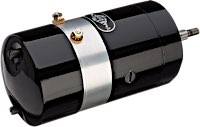
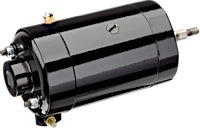

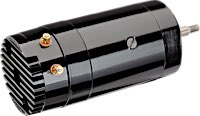
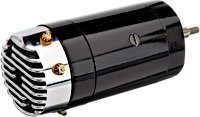
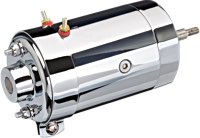
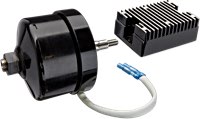
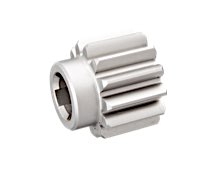
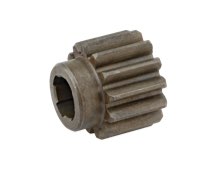
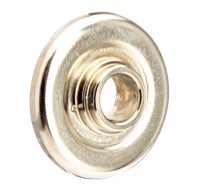
Generators with two brushes
The successors of the three-brush generators had only two carbon brushes: a positive or plus brush and the negative or ground brush. Both fields are connected in series, and the regulation of charging current and voltage is done through the F terminal of the generator, which leads to a regulator. This type of generator cannot do without a regulator. A reverse current relay is also integrated in the regulator. The regulators were originally mechanical, but nowadays they are almost universally replaced by electronic regulators. Apart from the disadvantage of the necessary maintenance and the expected wear, the mechanical controllers have on the plus side that they can be adjusted. Operation without battery - for example in a bike with magneto - is less problematic.
Type 58 and 65A - what to consider when connecting?
The generator is mounting relies on two 5/16" bolts only. Their threads must be flawless, as they not only hold the heavy component, but are also responsible for a proper ground connection. Rust, dirt, grease or Loctite are not good at all on these threads.
The generator has two connections, labeled F (field) and A (armature). Both are connected to the corresponding terminals of the regulator. The charge indicator light is connected to A of the generator and plus from the ignition switch.
After installation, the generator must be polarized so that the magnetic fields of the two field coils are properly aligned. If polarization is missing or incorrect, the Type 58 or 65A will not charge! To polarize, briefly tap the reverse current relay with your finger if you have a mechanical regulator. If you have an electronic regulator, you put a jumper from battery positive to A on the generator for fractions of a second.
Type 58 and 65A - What faults can occur?
Like all DC generators, this type has fixed field coils and the moving armature. Mechanical faults can be in the bearings. Worn grooves in the drive shaft or on the gear can also occur. Electrical defects can have several causes:
- Leaking sealing rings and gaskets and lack of coverage allow oil and dirt to reach the carbons.
- Lack of maintenance results in rusted or worn carbon brushes.
- Terminal and wire insulation may be damaged.
- The commutator of the armature windings may be worn or damaged. The armature windings themselves may be shorting to each other (winding short) or shorting to ground.
- The field coils may have a short circuit to windings or to ground.
To test while removed, you can connect the generator to a battery (type 58 to 6 V, type 65A to 12 V): Plus to A and minus to the housing of the generator (ground), additionally F to minus. The generator must then run as an electric motor. If it turns only slowly and sluggishly or not at all, it must be disassembled and the components checked individually. The steps for disassembly and reassembly are described in detail in the workshop manual.

Have any questions?
Our service team will be glad to help out: Mondays - Thursdays 08:00-17:00 CET, Fridays 08:00-16:00 CET, Phone: +49 / 931 250 61 16, eMail: service@wwag.com